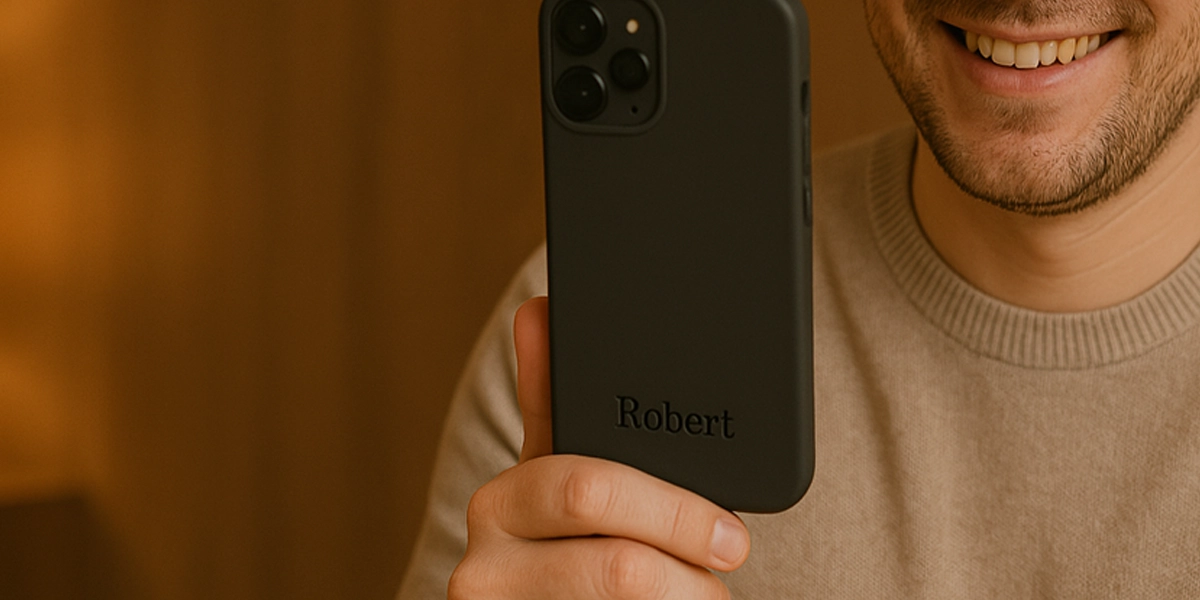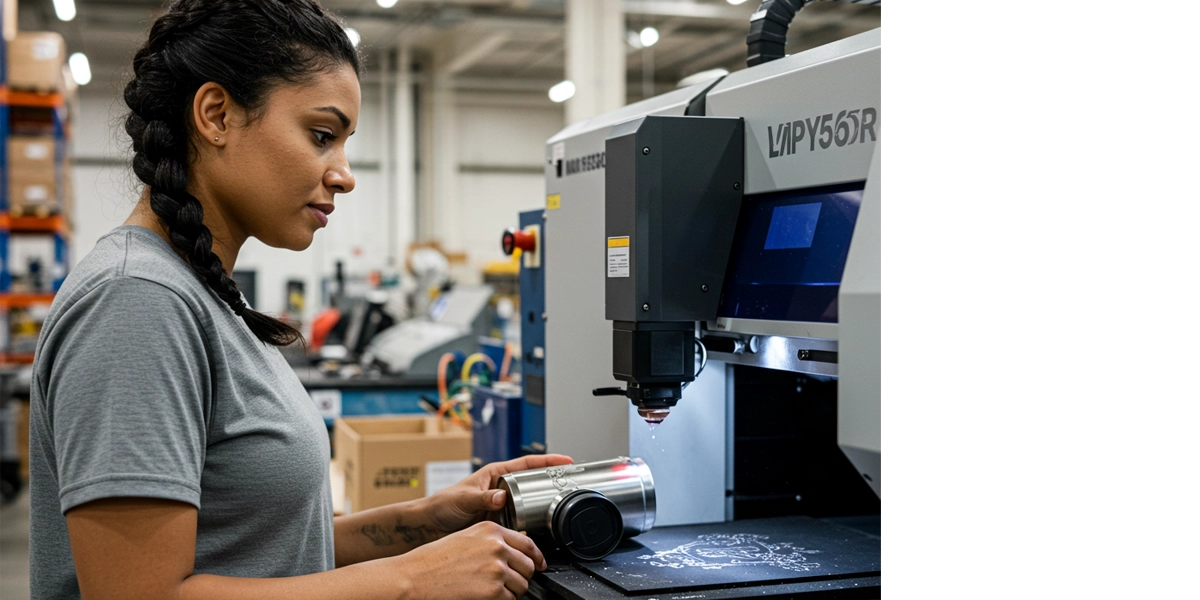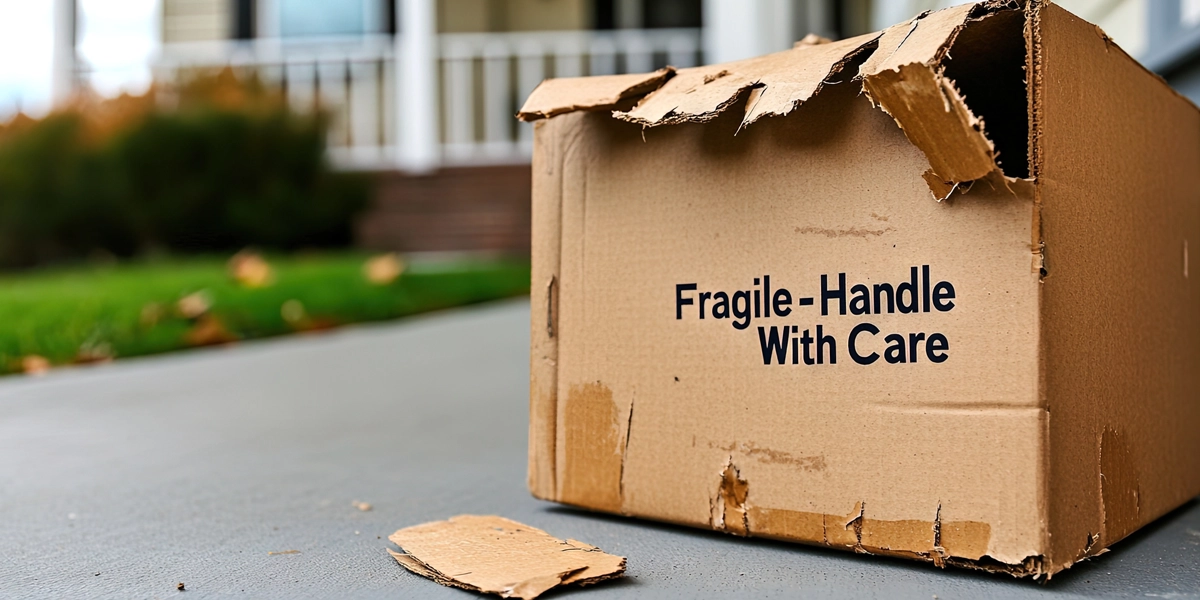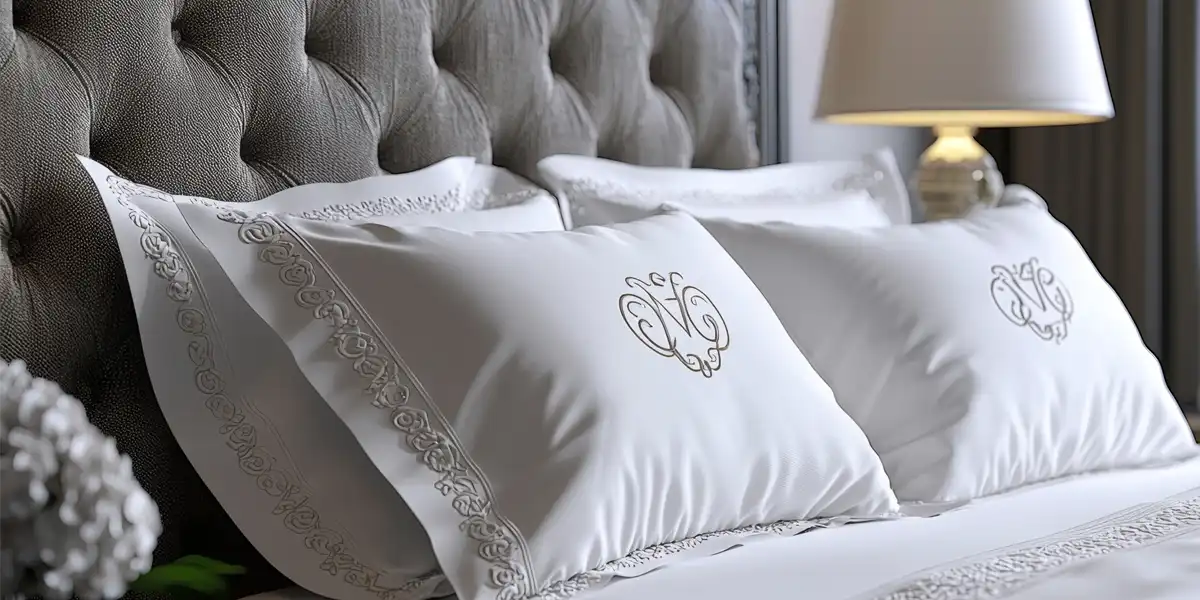In This Article:
Taking care of embroidered clothing is essential for keeping it looking good and making it last. Embroidery has always been an important part of fashion, adding detailed designs and personal touches to garments. The skill involved in embroidery turns regular clothes into one-of-a-kind, expressive pieces.
Embroidery’s role in fashion includes various styles and cultures, from traditional hand-stitched patterns to modern machine embroidery. Each piece has its own story, whether it’s an heirloom passed down through generations or a contemporary design adding style to everyday wear.
By focusing on protecting your embroidery through proper care, you not only preserve the garment’s beauty but also honor the artistry behind each stitch. Review our ultimate embroidery maintenance guide for complete instructions on all your most asked embroidery care questions.
Understanding Embroidery
Embroidery is a timeless art form that involves decorating fabric using a needle and thread. Its significance lies in its versatility and ability to add intricate details to various textiles, enhancing their aesthetic value.
The Artistry of Hand Embroidery
Hand embroidery showcases the dedication and skill of the embroidery artist. Each stitch represents hours of meticulous work, creating unique patterns that machine embroidery often cannot replicate. This artistry transforms ordinary garments into personalized masterpieces. For those interested in learning how to create printable hand embroidery patterns, there are many resources available online such as this guide.
Customizing Your Wardrobe
Customizing your wardrobe with hand-embroidered elements makes each piece uniquely yours. Upcycling and customizing clothes through embroidery breathe new life into old or plain clothing items. By adding unique designs, you not only extend the lifespan of your wardrobe but also elevate your style.
Washing Embroidered Clothes: A Comprehensive Guide
Can You Wash Embroidered Clothes Inside Out?
Washing embroidered clothes inside out is a crucial practice for maintaining their beauty and integrity. Here’s why:
- Minimizes Direct Friction: By turning clothes inside out, the delicate threads and intricate designs are shielded from direct contact with other garments, reducing the risk of abrasion.
- Prevents Color Fading: The embroidery’s exposure to harsh detergents and water is minimized, preserving the vibrancy of the threads.
- Protects Against Snags: Buttons, zippers, and other components on other clothing items are less likely to catch on the embroidery.
When using a washing machine:
- Select a Gentle Cycle: Use cold water and a gentle or delicate cycle to avoid excessive agitation.
- Use Mild Detergent: Harsh chemicals can weaken threads and dull colors.
- Place in a Mesh Bag: For added protection, place embroidered items in a mesh laundry bag.
How to Wash Hand-Embroidered Clothes Safely?
Hand-embroidered garments require special attention. Here’s a step-by-step guide:
- Fill a Basin with Cold Water: Add a small amount of mild detergent designed for delicate fabrics.
- Submerge the Garment: Gently press it into the water without scrubbing or wringing.
- Agitate Lightly: Use your hands to gently swirl the garment in the water for around 5 minutes.
- Rinse Thoroughly: Drain soapy water and refill with clean cold water until all soap is removed.
- Press Out Excess Water: Lay the garment flat on a clean towel, roll it up, and press to remove excess water without twisting or wringing.
Important Precautions to Take While Cleaning
- Avoid Bleach and Fabric Softener: Can you bleach embroidery thread? No! Chemical agents like bleach can deteriorate embroidery threads.
- Dry Flat: Lay flat on a dry towel away from direct sunlight to prevent fading and distortion.
- Use Cold Water: Hot water can cause colors to bleed and threads to weaken.
- Handle with Care: Always be gentle; excessive friction can damage delicate stitches.
By adopting these methods, you ensure your embroidered pieces maintain their aesthetic appeal and structural integrity over time.
Caring for White Embroidery: Cleaning and Maintenance Tips
Safe Methods for Cleaning and Treating Stains on White Embroidery
White embroidery demands meticulous care to maintain its pristine appearance. When addressing stains:
- Spot Treatment: Gently dab the stained area with a soft cloth soaked in a mixture of mild detergent and water. Avoid rubbing, which can distort the threads.
- Mild Detergents: Use detergents specifically designed for delicate fabrics. Harsh chemicals can damage the embroidery’s fibers.
- Cold Water Rinse: Always rinse embroidered items in cold water to prevent the threads from bleeding or fraying.
Guidelines on Bleaching Options and Considerations for Embroidered Items
Bleaching white embroidered pieces requires caution:
- Oxygen Bleach: Opt for oxygen bleach over chlorine bleach. It’s gentler and reduces the risk of yellowing or weakening the fabric.
- Patch Test: Before applying bleach, conduct a patch test on an inconspicuous area to ensure it doesn’t harm the embroidery.
- Dilution is Key: Always dilute bleach according to manufacturer instructions. Over-concentration can lead to thread damage.
- Rinse Thoroughly: After bleaching, ensure all bleach is thoroughly rinsed out to avoid residual chemicals affecting the fabric’s integrity.
Maintaining white embroidery involves careful cleaning practices. By adhering to these guidelines, you preserve both the vibrancy and longevity of your embroidered garments.
Protecting Your Embroidery on Clothing: Care Tips for Lasting Beauty
Proper Ironing Techniques
Maintaining the integrity of your embroidered pieces starts with correct ironing techniques. Direct heat can damage the delicate threads, so always iron on the reverse side of the embroidery. Use a low to medium heat setting and place a thin cloth between the iron and the fabric for added protection. This prevents direct contact and reduces the risk of scorching or flattening the intricate stitches.
Recommended Storage Solutions
Correct storage is crucial to avoid creasing and discoloration. Store embroidered garments in a cool, dry place away from direct sunlight, which can fade colors over time. Use padded hangers to maintain shape and prevent stretch marks. For items that must be folded, place tissue paper between folds to cushion the fabric and minimize creases.
How to Keep Embroidery from Coming Undone
To prevent your embroidery from coming undone, it’s important to handle the garments with care. Avoid excessive pulling or tugging on the embroidered areas, as this can loosen the threads or even cause them to snap. When laundering, opt for a gentle cycle and use a mild detergent specifically formulated for delicate fabrics. Additionally, consider turning the garment inside out to protect the embroidery during the wash.
Techniques to Protect Against Bugs and Environmental Factors
To shield your embroidery from bugs and environmental factors, consider using cedar blocks or lavender sachets in storage areas as natural repellents against moths and insects. For more effective strategies for getting rid of clothes moths, regularly check stored items for signs of pests. For long-term protection, consider using garment bags made from breathable materials like cotton to keep out dust while allowing air circulation.
Implementing these strategies ensures that your embroidered clothing retains its beauty and durability, enhancing its lifespan significantly.
Removing Embroidery from Clothing: What You Need to Know?
Can You Remove an Embroidered Logo?
Absolutely, removing an embroidered logo is possible, but it requires precision and care. Sometimes, people want to remove embroidery from scrubs, jackets, or other garments. Here’s a detailed look at the steps involved:
- Preparation: Place your garment on a flat surface. Use a seam ripper or embroidery scissors for accuracy.
- Cutting the Threads: Gently insert the seam ripper under the threads of the embroidered design. Carefully cut the threads, working slowly to avoid damaging the fabric.
- Thread Removal: Once the threads are cut, use tweezers to pull them away from the fabric. Be meticulous to ensure all threads are removed without tearing the material.
- Fabric Care Post-Removal: Inspect the fabric for any holes or damage. Consider using a fabric repair kit to mend any minor tears.
Considerations Before Attempting Removal
- Fabric Type: Delicate fabrics like silk may be more prone to damage during thread removal.
- Embroidery Density: Dense embroidery can leave noticeable marks or holes once removed.
- Professional Help: For high-value items or intricate designs, professional assistance is recommended.
Removing embroidery can rejuvenate your clothing, but it’s essential to approach this task with patience and precision to maintain the integrity of your garment.
Brands Can Now Offer Premium Embroidery Options for Existing Products with P2C Fulfillment!
One World Direct (OWD) provides comprehensive fulfillment services for D2C and B2B brands. If you are a brand struggling to scale your ecommerce business and lower logistics costs, we can help improve every aspect of your fulfillment operation. From helping you reduce picking and packing errors or helping achieve more sustainable fulfillment, we can transform your ecommerce shopping experience.
For D2C brands looking to increase sales and stand out, One World Direct (OWD) provides ecommerce personalization through Personalized-to-Consumer (P2C) fulfillment services. By integrating embroidery options at checkout, we enable consumers to customize their items online and provide comprehensive fulfillment from start to finish. Our state-of-the-art facilities ensure that each personalized product meets the highest standards of quality and craftsmanship.
Schedule a call with our logistics experts! We’d love to discuss our free P2C plugin so you can start offering easy product personalization which features embroidery, engraving, direct-to-object printing and custom greeting cards.
На платформе мостбет доступны ставки на спорт, казино-игры и киберспорт.
In This Article:
Subscribe to our Newsletter
Tincidunt urna mauris eu quam vulputate lobortis sit. Purus feugiat arcu nunc quisque massa ut.



























